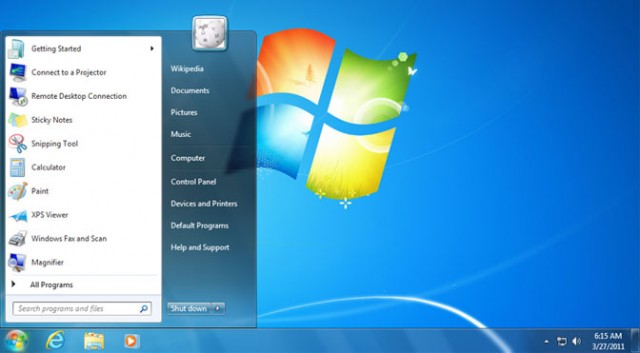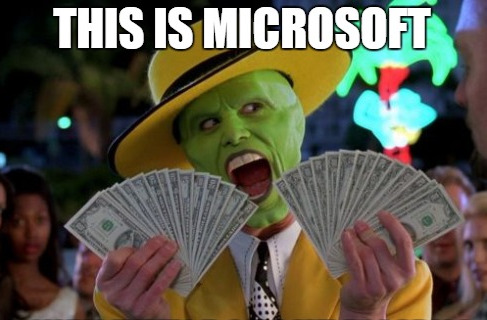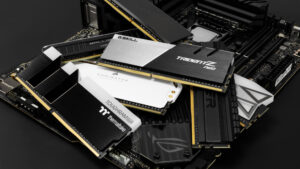Windows 7 eol January 14, 2020

October 22, 2009. That was the day Microsoft released the the glorious, and log lived, Windows 7. For the past 11 years, Microsoft supported this popular OS and most of us really came to love it. Windows XP had been around for ever it seemed, and the replacement for XP – Vista – was nothing short of a resource hog and a disaster to most people. (For me, the only thing I enjoyed about Windows Vista was the wallpaper loaded on a fresh install, the Aura. ) Windows 7 brought with it new possibilities, features, and a fresh new look.
- Multi-core CPU Support
- DirectX 11
- Pinnable Applications
- Aero Desktop
- Windows 7 Libraries
- Touch Support
While a lot of people liked XP, particularly compared with Vista, Windows 7 was seen by a lot of folks as a genuine upgrade over XP for a host of reasons, including DirectX 11 support, jump lists, better security, a new taskbar with pinnable applications, and better multi-core CPU support.
All good things come to an end
All good things come to an end, however, and on January 14, 2020, Windows 7 will reach its own. After this date, Microsoft will no longer provide security updates for Windows 7. While it’s possible that the company will make a bare handful of limited exceptions to this policy, as it has for Windows XP, it will no longer be providing regular updates in any form. The OS won’t stop working, but it will stop getting patches.
If your a large enterprise corporation, such as a utility or hospital, who can afford to, Microsoft will gladly keep patching Windows 7 for a price. At my day job, we have over 2000 PC’s still on Windows 7. Microsoft agreed to continue to offer us patches and security updates for around $60,000, covering us for the year 2020. That price doubles each consecutive year afterwards.




